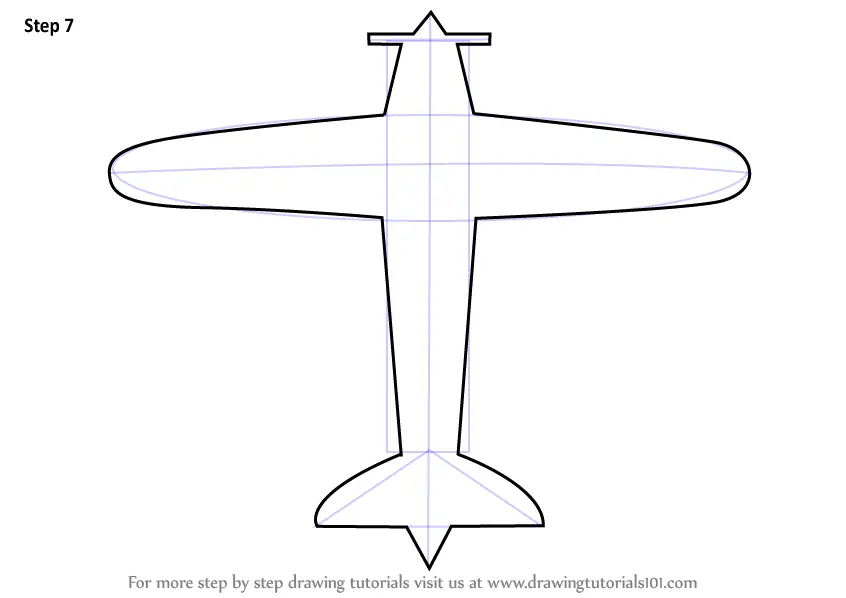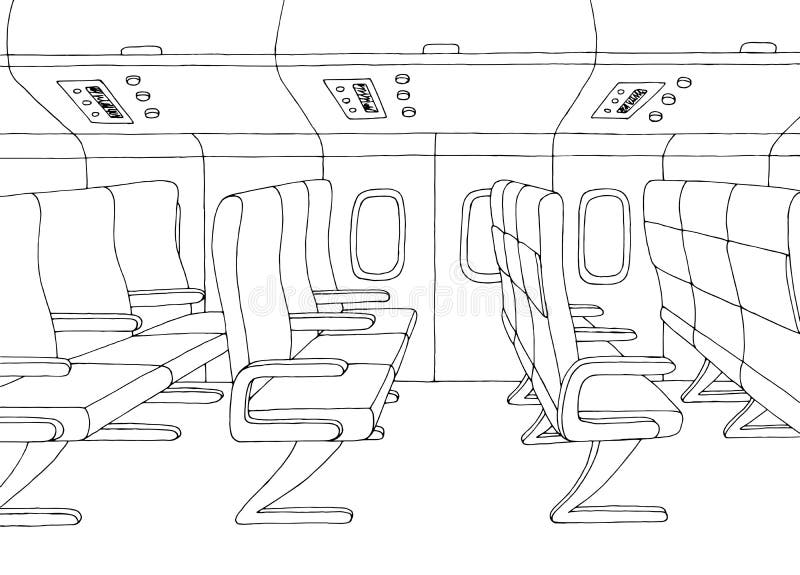


We know from the last post on shading that any value in the light is LIGHTER than any value in the dark.

The front of the log cabin had many of the same values as the shadow side of the log cabin. Lastly – there was a major error in values, especially on the half-lights, on the log cabin. The brightness of the roof will brighten into the shadow like a glow making the edge more indistinct and the shadow values aren’t separated by much. These are things which fit with the overall picture. Note the back of the roof is indistinct and the lost edge of the back wall into the deep shadow. By lightening the chinking between the logs, and indicating the lighter door jam, we have shown enough detail to keep the eye on the log cabin without over doing the detail. This was accomplished by the use of a kneaded eraser – an eraser which you can mold into almost any shape – here it was knife shaped. Therefore, I darkened the windows, and indicated a door in the middle of the side. Therefore there will be enough reflected light so some detail in the shadows should be indicated, though without the sharp, hard edges you would see in areas of direct light. The overall lighting here is not of bright mid-day sunlight, but of a bright overcast sunlight. On the shadow side of the log cabin there needed to be more of detail available to the eye. Next, a quick appraisal of the picture showed a couple of errors. I have softened some of the leaf masses, especially above the log cabin since they were diverting the eye from the subject with all of the detail. You can see in Figure 11 some of the adjustments I have made. The front of the cabin logs are horizontal helping you establish this is one point perspective. Here the surface of roof and the right hand side of the log cabin are receding from you. (for a review of One Point Perspective see here.) There is only perspective being applied on those surfaces which are receding away from you. Here we have a basic one point perspective picture. When including a building in your drawing you always want to keep in mind all of the points of perspective drawing. Also, measuring shows the peak to be the height of the side wall doubled – so if we take stack the the height of the side wall two times we have figured out how tall the building is. In Figure 3, the red line shows where the peak needs to be located between the left and right side walls. Remember, the method to find the center of the building so the peak lines up in the middle of the front wall is to use the intersecting diagonals from the top and bottom of the vertical sidewalls. Figure 3: Using intersecting diagonals to line up the peak of the roof


 0 kommentar(er)
0 kommentar(er)
